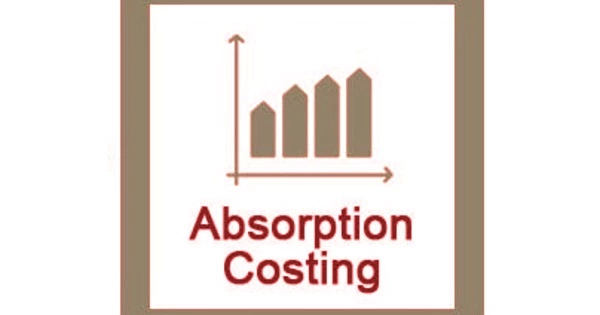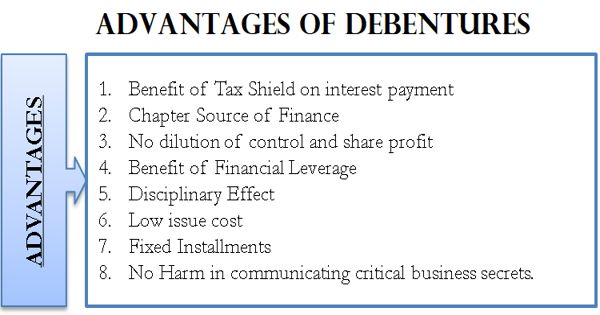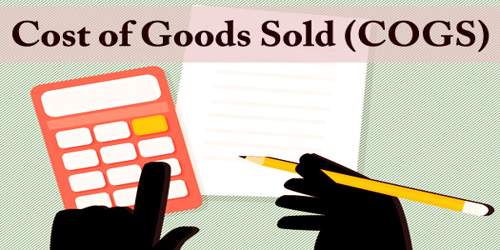Absorption costing is a costing system used in inventory valuation. It is a managerial accounting method for capturing all costs associated with manufacturing a specific product. It is also known as “full costing.” It includes not only material and labor costs, but also variable and fixed manufacturing overhead costs. This method accounts for direct and indirect costs such as direct materials, direct labor, rent, and insurance.
Absorption costing is a method of accumulating and allocating costs associated with a manufacturing process to individual products. In its cost base, it includes anything that is a direct cost in the production of a good. Accounting standards require this type of costing in order to generate an inventory valuation for inclusion in an organization’s balance sheet.
Fixed overhead charges are included in absorption costing as part of the product costs. A product may absorb both fixed and variable costs. Wages for employees physically working on the product, raw materials used in production, and all overhead costs (such as all utility costs) used in production are some of the costs associated with manufacturing a product. These costs are not recognized as expenses in the month when an entity pays for them. Instead, they remain in inventory as an asset until such time as the inventory is sold; at that point, they are charged to the cost of goods sold.
The steps required to complete a periodic assignment of costs to produced goods is noted below.
- Step 1. Assign Costs to Cost Pools
This is comprised of a standard set of accounts that are always included in cost pools, and which should rarely be changed.
- Step 2. Calculate Usage
Determine the amount of usage of whatever activity measure is used to assign overhead costs, such as machine hours or direct labor hours used.
- Step 3. Assign Costs
Divide the usage measure into the total costs in the cost pools to arrive at the allocation rate per unit of activity, and assign overhead costs to produced goods based on this usage rate.
Using full costing has several advantages. Its main advantage is that it follows GAAP. It is required when preparing financial statements and stock valuation reports. Absorption costing is not useful for product decision-making because it includes allocating fixed manufacturing overhead to the product cost. Absorption costing provides an inaccurate estimate of the true cost of manufacturing a product. As a result, variable costing is used to assist management in making product decisions.
The absorption costing method is specified in generally accepted accounting principles (GAAP) for reporting accounts under various statutes. The fixed cost per unit produced decreases with incremental production in this method. This is in contrast to variable costing, in which incremental production bears the same variable production costs. Furthermore, the variable costing method does not accurately depict accounting profits and losses.
















